There are a total of 44 European countries recognized by the United Nations, which gives Europe the third-most countries out of the world’s continents. The sizes of these countries range from the miniscule to the gigantic. In this post, we’ll take a look at the largest country in Europe, as well as the top 20 by size.
One important consideration to make while ranking European countries by size is whether to count the area of a country’s territory that falls outside the continent. The majority of Russia’s area, for example, lies within the Asian continent. Other countries like France and Denmark also have territories outside the continent that could add significantly to their size. We try in this post to only count European portions of a country.
FAQs
Is Ukraine the largest country in Europe?
If you only want to count countries that exist entirely within Europe, then yes Ukraine is the largest. However, just the European portion of Russia is larger than Ukraine.
What is the biggest country in Europe?
The largest country in Europe is Russia. In fact, it’s the largest country in the world. Russia may exist on two continents, but it still comes out on top when only counting the area of the country that lies within Europe.
What continent is Russia in?
Russia is on two continents: Europe and Asia. Geography and culture both play a role in determining where one continent starts and another finishes, but the Ural Mountains and Ural River are often used to define Europe’s eastern border in Russia. Russia is also widely considered to be a European state and 75% of its population lives on the European continent.
Is Turkey in Europe?
Like Russia, Turkey exists both in Europe and in Asia. Unlike Russia, Turkey is largely considered as an Asian country over a European one because 97% of its territory is in Asia. The continents are separated in Turkey by the Bosphorus Strait, which separates Istanbul from the Anatolian side of the country.
Here is a map of the top 10 largest countries in Europe:
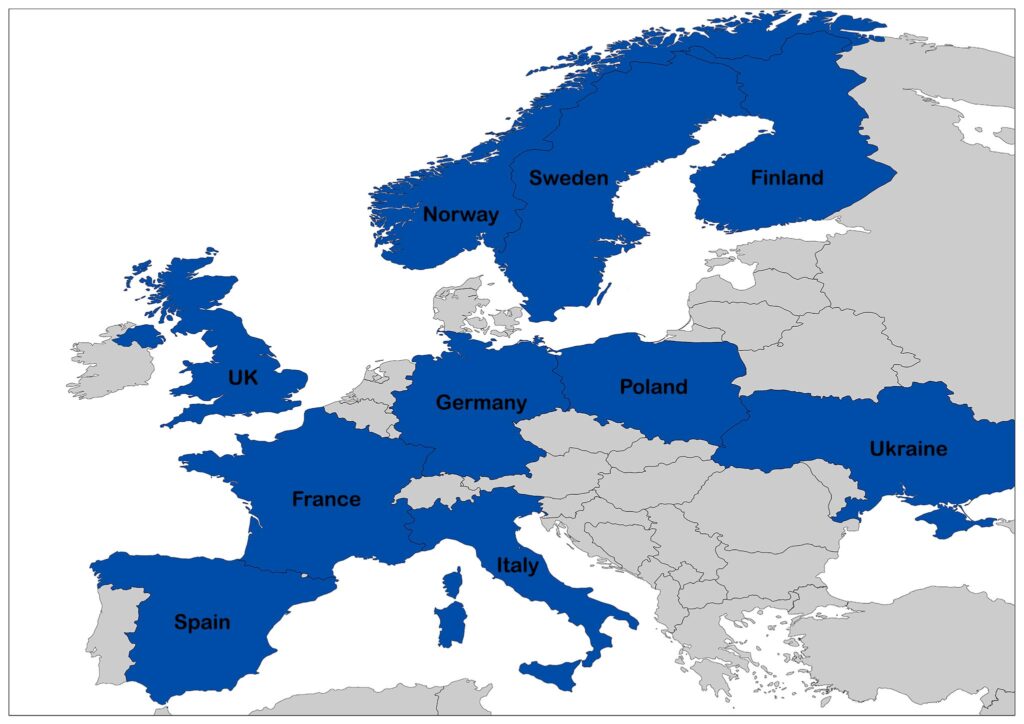
1. Russia
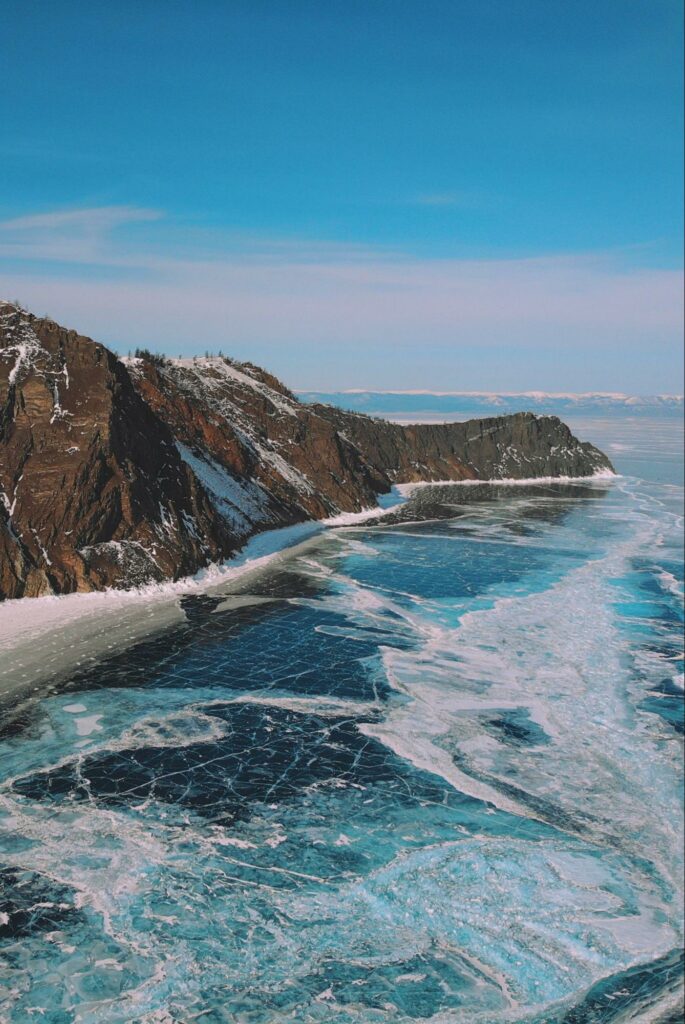
It might not come as a surprise that Russia is the largest country in Europe — it is the biggest country in the world, after all. Although about 75% of Russia is in Asia, it still occupies 3,995,200 square kilometers 1,542,555 (square miles) of Europe, a far larger area than any other European country. It’s also home to the planet’s largest freshwater lake, Lake Baikal, and the longest river in Europe, the Volga River.
Russia is so massive that it spans across 11 time zones and shares borders with 16 other countries, more than any other country in the world. It also ranks at number four for countries with the longest coastlines
- World Rank: 1
- European Surface Area: 3,995,200 km2 (1,542,555 mi2)
- Total Land Area: 16,377,742 km2 (95.79%)
- Total Water Area: 720,500 km2 (4.21%)
2. Ukraine
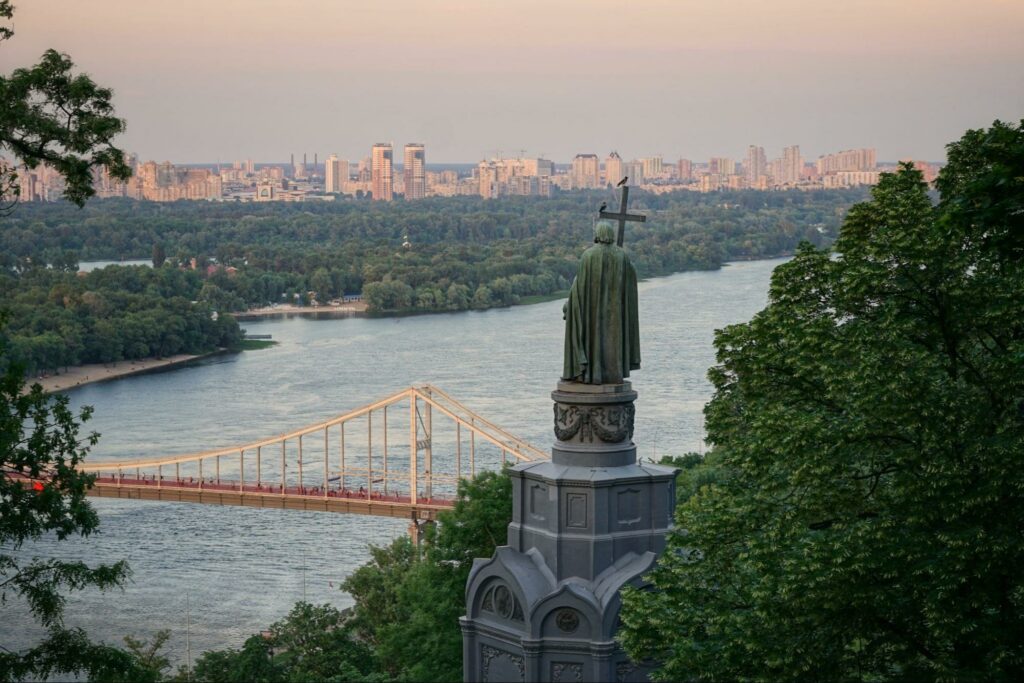
Just how big is Ukraine? Ukraine is the second-largest country in Europe with an area of just over 600,000 square kilometers. It is ranked 46 in a list of the largest countries of the world. In addition to its gigantic neighbor in the east, Russia, it borders five other countries and the Black Sea. Russia annexed the Ukrainian peninsula of Crimea in 2014 and actively tries to control more areas of Ukraine, a former member of the Soviet Union.
Plains and plateaus can be found throughout most of Ukraine, but the Carpathian mountain range can also be found in the west near Slovakia, Hungary, and Romania. There are also many rivers in Ukraine, most of which flow into the Black Sea.
- World Rank: 46
- Surface Area: 603,628 km2 (233,062 mi2)
- Land Area: 579,330 km2 (95.99%)
- Water Area: 24,220 km2 (4.01%)
3. France
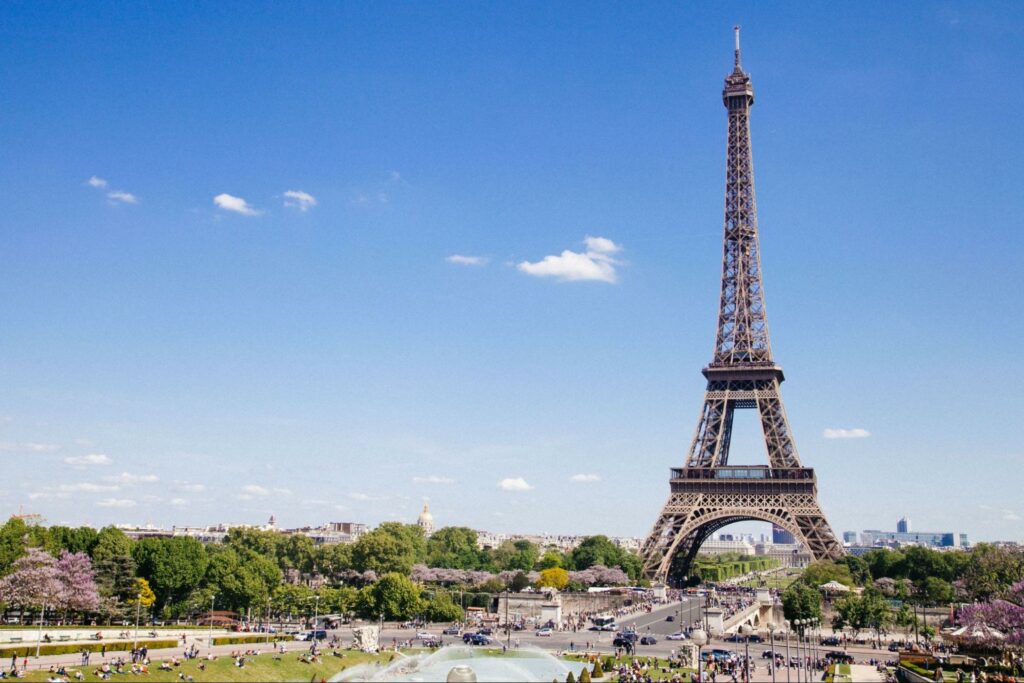
Number three on this list is France, with 551,695 square kilometers of territory within Europe. This number does not include overseas territories, whose areas would contribute to naming France as the second-largest in Europe.
France borders several bodies of water, including the North Sea, the English Channel, the Atlantic Ocean, and the Mediterranean Sea. It also borders eight different European countries. France is the first country on this list that is a member of the European Union as well as the Schengen Zone.
- World Rank: 43
- European Surface Area: 551,695 km2 (213,011 mi2)
- Total Land Area: 640,427 km2 (99.48%)
- Total Water Area: 3,374 km2 (0.52%)
4. Spain
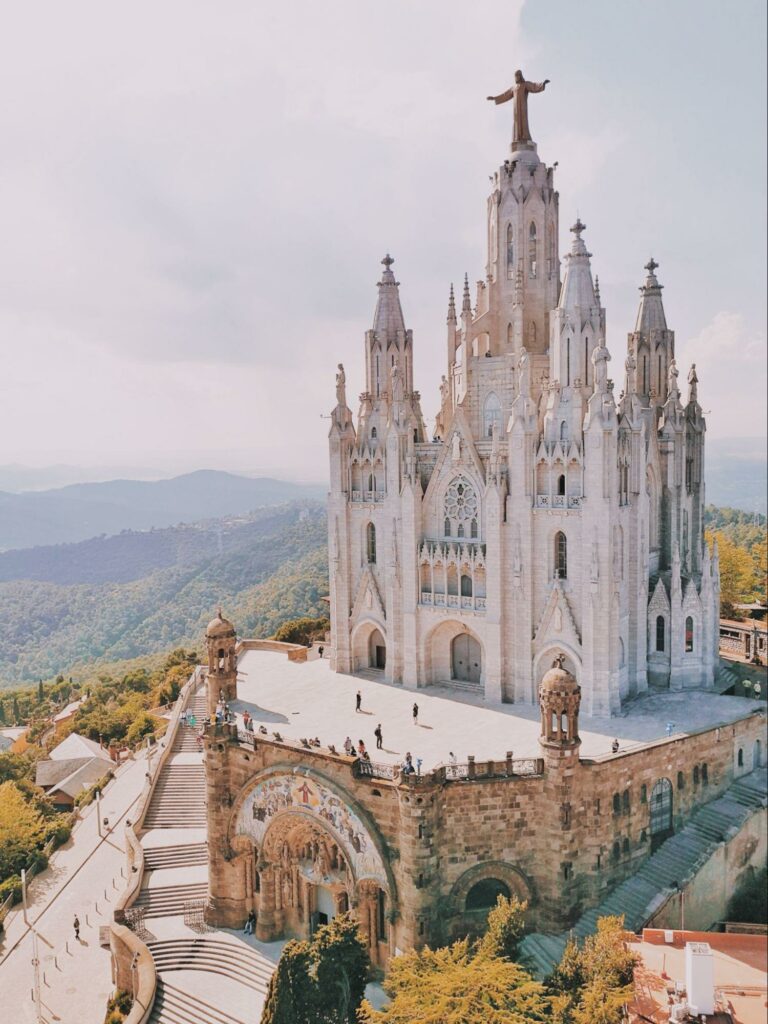
Coming in at 52 on the list of the largest countries in the world, Spain is the fourth largest in Europe. It shares land borders with Portugal, Gibraltar (UK), Andorra, and France, and it is the second westernmost country on mainland Europe (after Portugal).
Spain is a transcontinental country, having territory in both Europe and Africa, but we’ve only included the area of its European territory in this list.
Spain is a fairly mountainous country with several mountain ranges, three main climate zones, and multiple large rivers.
- World Rank: 52
- European Surface Area: 498,511 km2 (192,576 mi2)
- Total Land Area: 498,980 km2 (%98,74)
- Total Water Area: 6,390 km2 (%1,26)
5. Sweden
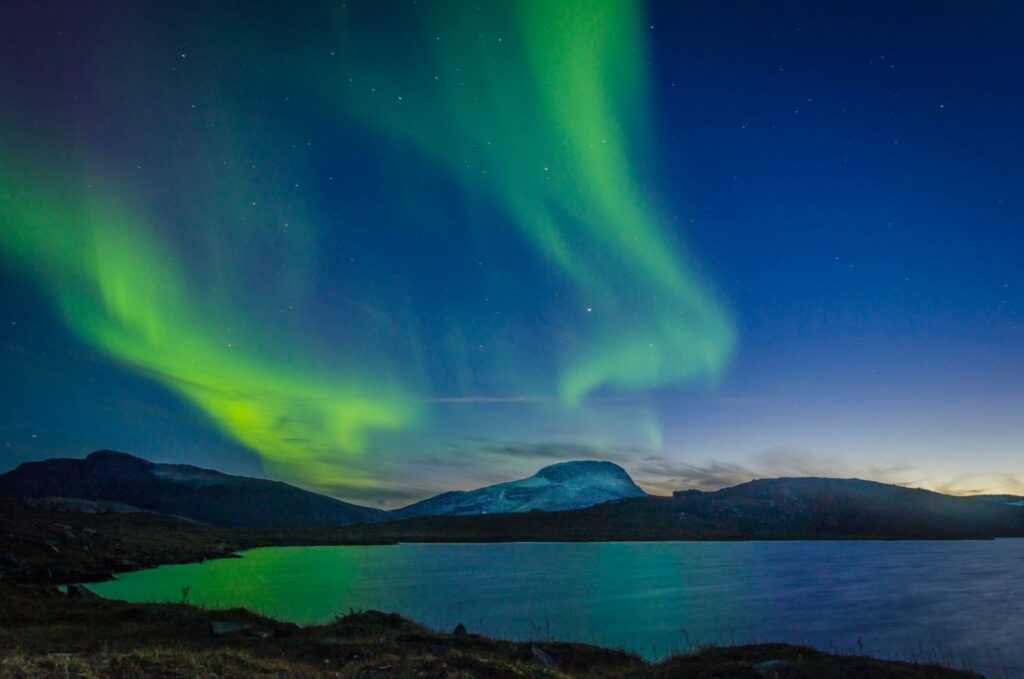
Sandwiched between Norway and Finland is the Scandinavian country of Sweden, the fifth largest in Europe and the 56th largest in the world. Sweden’s geography is characterized by extensive forest coverage and many large lakes, especially in its southern regions. Its border with Norway is the longest uninterrupted border in Europe.
- World Rank: 56
- Surface Area: 450,295 km2 (173,860 mi2)
- Land Area: 410,335 km2 (91.13%)
- Water Area: 39,960 km2 (8.87%)
6. Germany
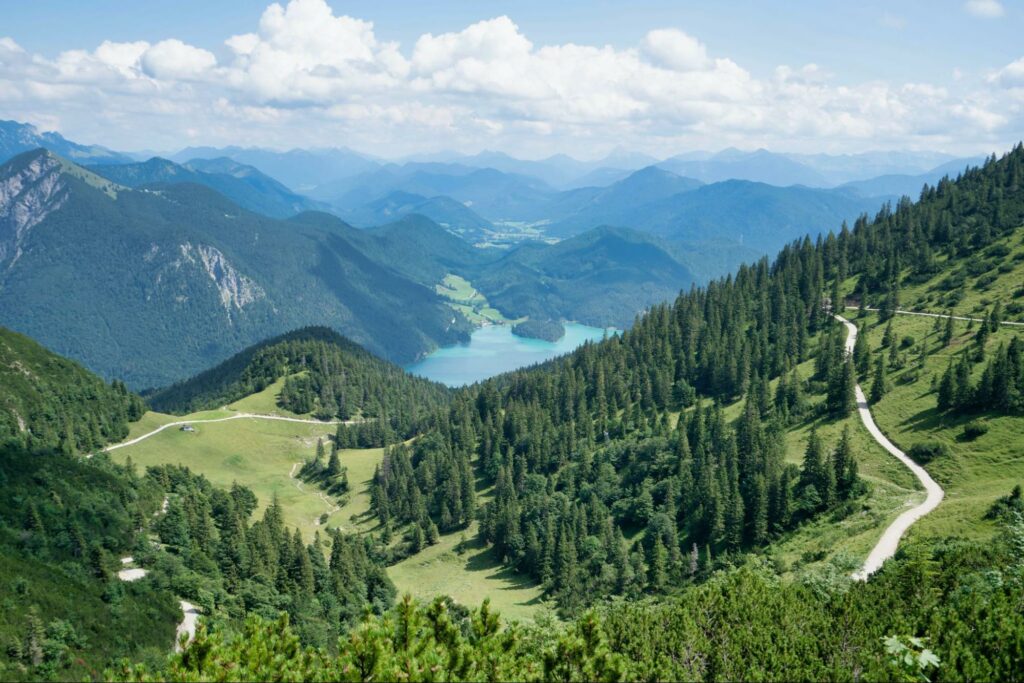
With coastlines on the Baltic and North Seas and land borders with nine other countries, Germany is the sixth-largest country in Europe and comes in at 63 on the world ranking. Mountains, forests, and rivers are all found in abundance in Germany. The Danube River begins in Germany and is the second-longest river in Europe, eventually flowing into the Black Sea.
Just over half of the land in Germany is dedicated to agriculture, almost a third of the country is forested, and 14% is developed with infrastructure of some kind.
- World Rank: 63
- Surface Area: 357,114 km2 (137,882 mi2)
- Land Area: 348,672 km2 (97.66%)
- Water Area: 8,350 km2 (2.34%)
7. Finland
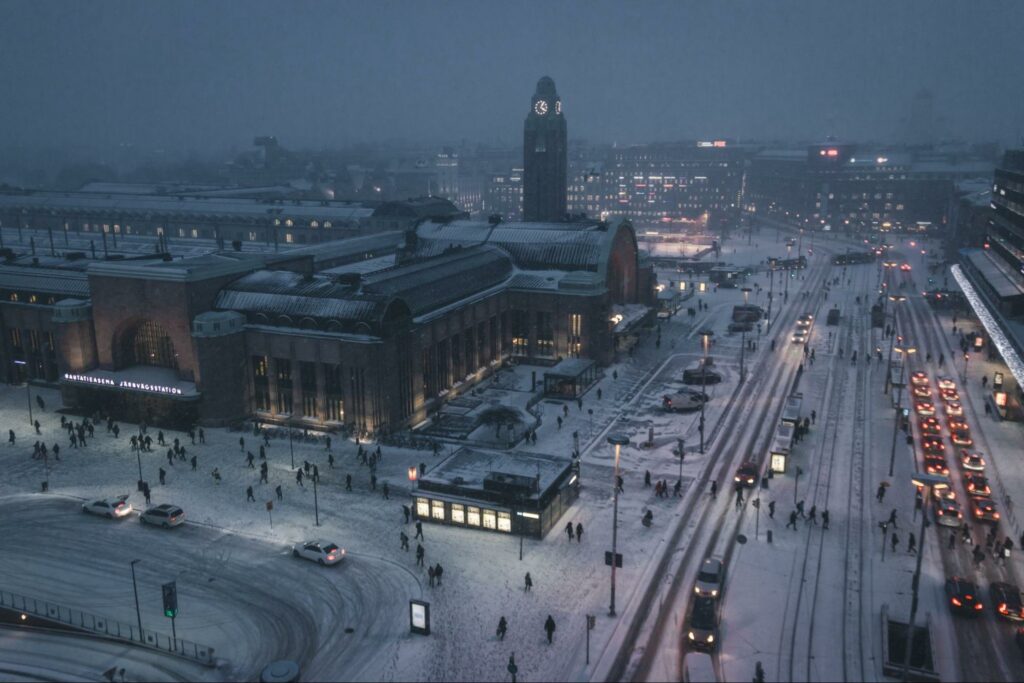
After Germany in the list of the largest countries in Europe comes Finland, with an area of almost 340,000 square kilometers. It occupies an area far in the north of Europe, bordering Russia, Sweden, and Norway. The capital of Finland, Helsinki, is the northernmost world capital of mainland Europe. The only word capital farther north is Reykjavík in Iceland.
- World Rank: 66
- Surface Area: 338,424 km² (130,666 mi2)
- Land Area: 303,815 km2 (89.85%)
- Water Area: 34,330 km2 (10.15%)
8. Norway
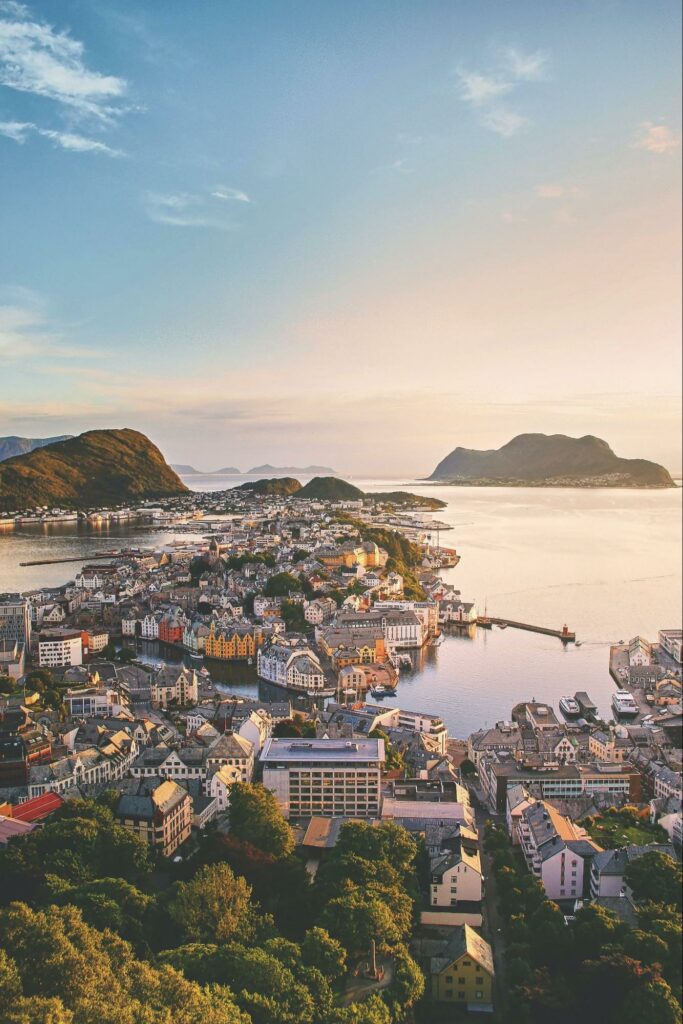
Norway is the eighth-largest country in Europe, although it would rank at number six if Svalbard was included in the measure of its area. It includes the northernmost point in mainland Europe and is to the west of both Finland and Sweden. The Norwegian coastline is especially fascinating, as it is composed of dramatic fjords and thousands of islands.
- World Rank: 69
- Surface Area: 323,802 km2 (125,012 mi2)
- Land Area: 304,282 km2 (93.97%)
- Water Area: 19,520 km2 (6.03%)
9. Poland
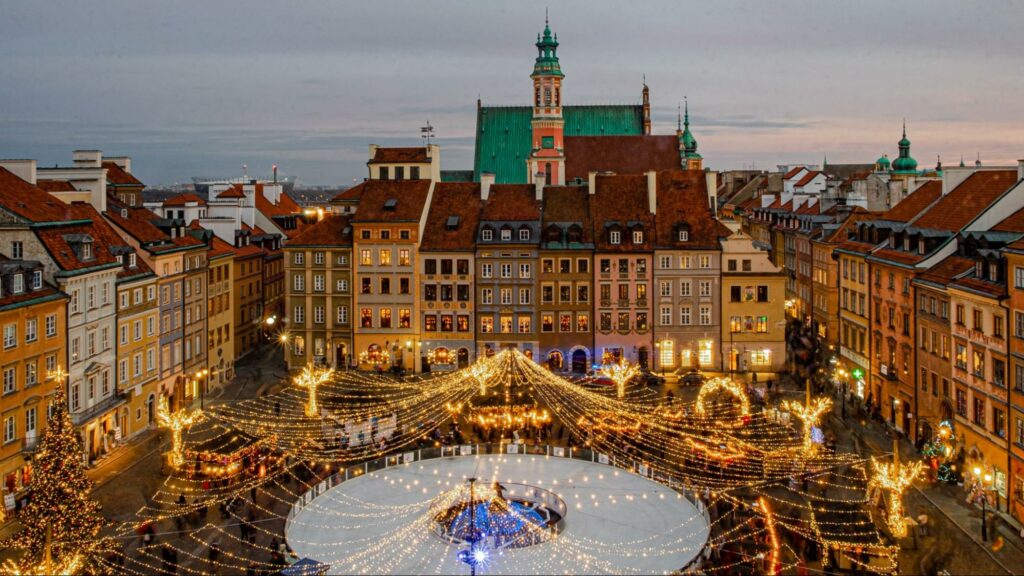
The ninth-largest country in Europe, Poland’s landscape is diverse. Its northeastern region contains one of the highest densities of lakes in the world, with more than ten thousand in the country. There are also mountain ranges, a coastline along the Baltic Sea, and forests. The national animals of Poland are the wisent, white stork, and the white-tailed eagle. Poland is also home to the heaviest land animal in Europe, the European bison, which is protected by conservation efforts.
- World Rank: 71
- Surface Area: 312,679 km2 (120,726 mi2)
- Land Area: 311,888 km2 (99.98%)
- Water Area: 791 km2 (0.02%)
10. Italy
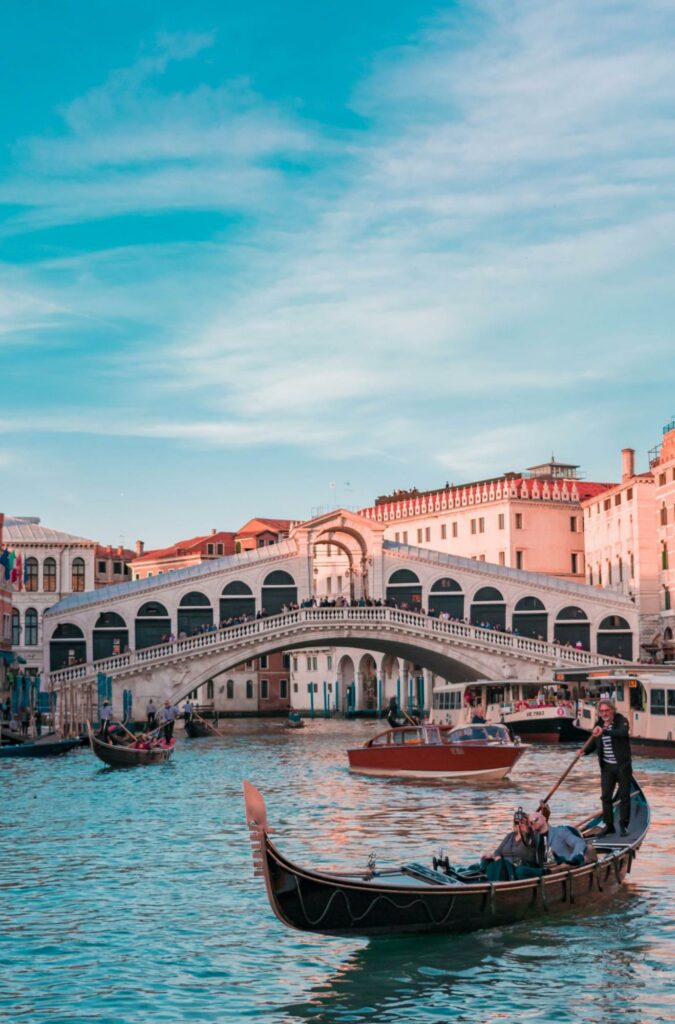
Italy is the tenth-largest country in Europe and is part of both Southern and Western Europe. It borders France, Switzerland, Austra, and Slovenia in the northern part of the country and extends far into the Mediterranean Sea. Enclaves within the country are the sovereign states of San Marino and the Vatican City. Italy also includes the two largest islands in the Mediterranean Sea, Sicily and Sardinia.
- World Rank: 73
- Surface Area: 301,336 km2 (116,346 mi2)
- Land Area: 294,140 km2 (97.61%)
- Water Area: 7,200 km2 (2.39%)
11. United Kingdom
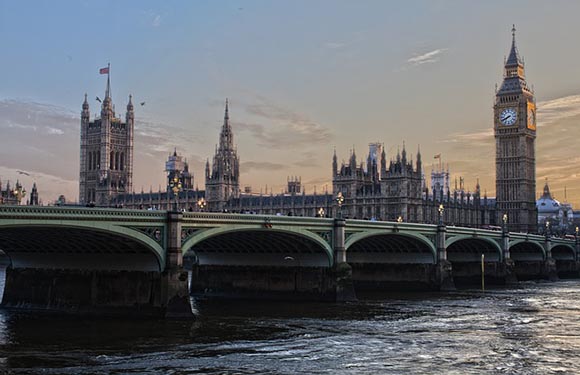
The United Kingdom includes a large portion of the British Isles and lies between the North Sea and the Atlantic Ocean. The country with the greatest percentage of land in the UK is England, which accounts for 53% of the total land area. The next largest country in the UK is Scotland, which is also where the most mountainous terrain is located.
- World Rank: 80
- Surface Area: 242,900 km2 (93,784 mi2)
- Land Area: 241,930 km2 (99.31%)
- Water Area: 1,680 km2 (0.69%)
12. Romania
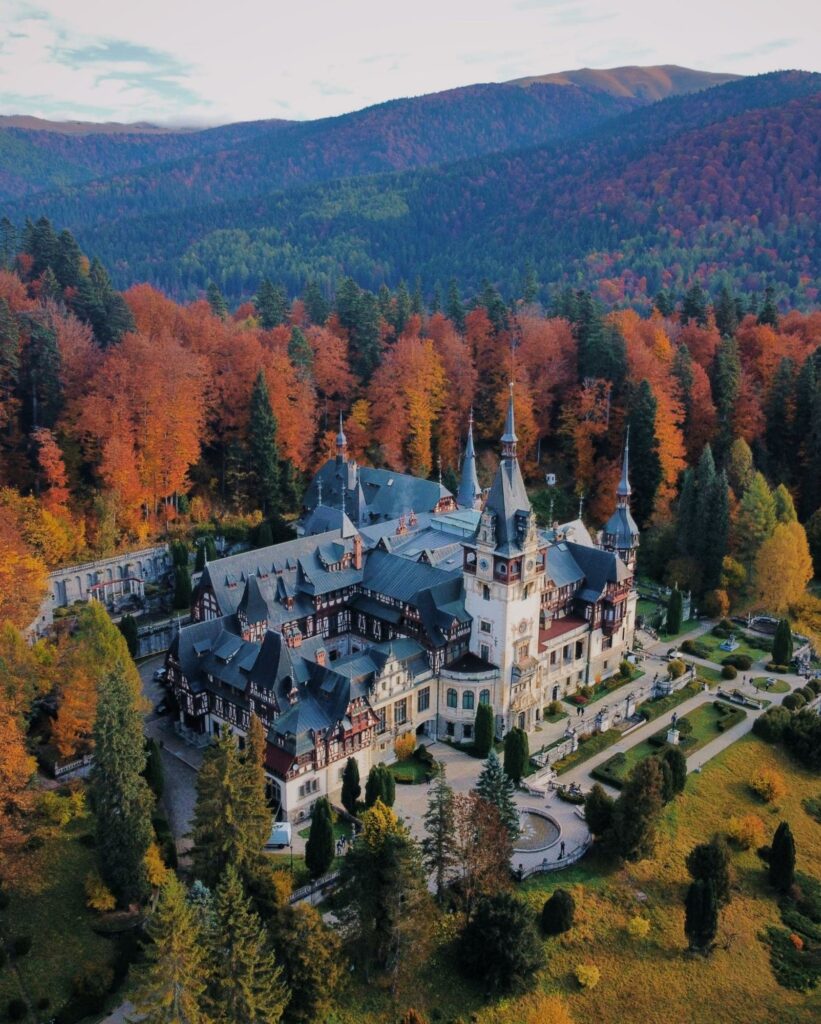
Romania is located in between Central, Southern, and Southeastern Europe. It borders the Black Sea as well as five other countries and is populated by mountains, forests, lakes, and castles. It is the twelfth-largest country in Europe and the sixth-most populous in the EU.
About 27% of Romania’s territory is covered in undisturbed forests, more than the majority of other European countries. Romania is also where the Danube, the second-longest river in Europe, empties into the Black Sea at the Danube Delta.
- World Rank: 83
- Surface Area: 238,397 km2 (92,046 mi2)
- Land Area: 231,231 km2 (96.9%)
- Water Area: 7,160 km2 (3.0%)
13. Belarus
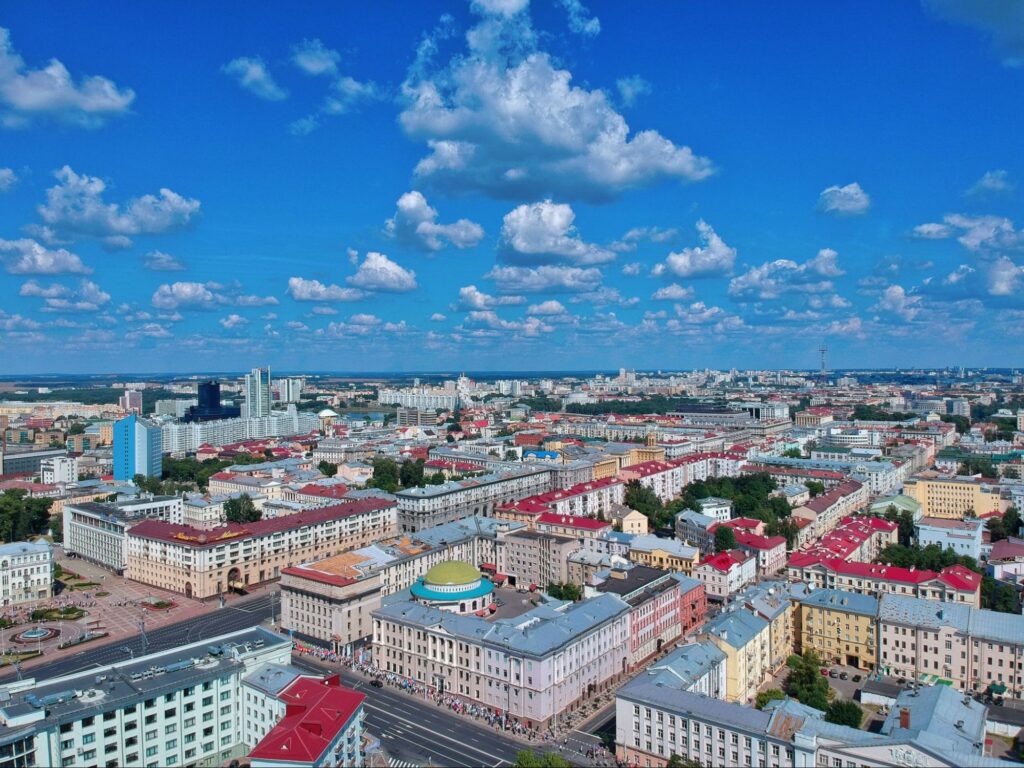
The thirteenth-largest country in Europe is Belarus, a landlocked country in northeastern Europe. It borders Russia, Ukraine, Poland, Lithuania, and Latvia. Forests and rivers are two of the most abundant features in the country, and there are seven different administrative regions: six oblasts and the capital of Belarus, Minsk.
- World Rank: 86
- Surface Area: 207,600 km2 (80,200 mi2)
- Land Area: 202,900 km2 (97.7%)
- Water Area: 4,700 km2 (2.3%)
14. Kazakhstan
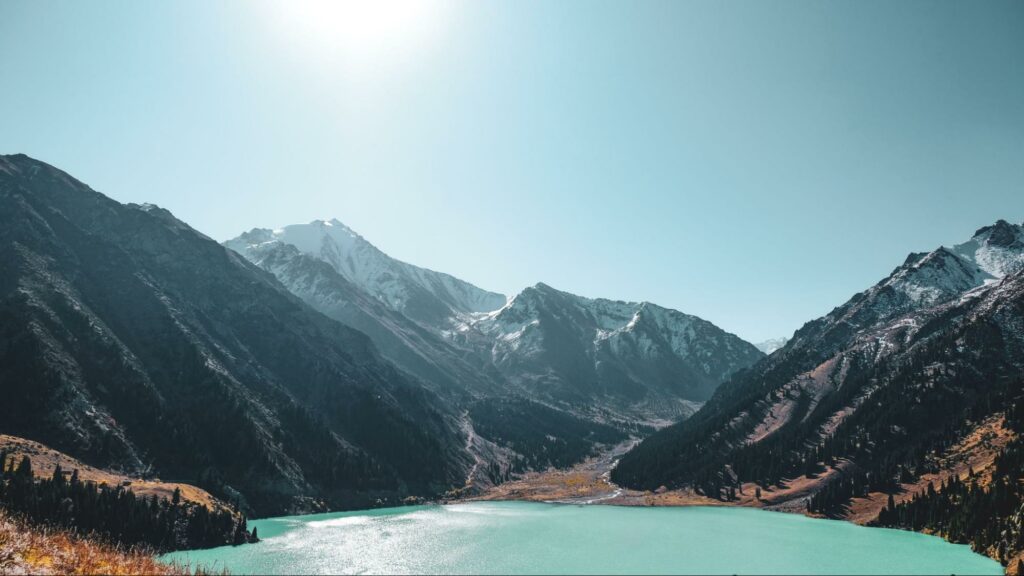
Like Russia and Turkey, Kazakhstan is a transcontinental country that occupies part of Europe and Asia. For this list, only the territory west of the Ural River is counted as European, which makes it the fourteenth-largest country in Europe by area. Its total area is much larger — Kazakhstan is the ninth-largest country in the world with an area of almost 2,700,000 square kilometers.
The only other landlocked country to have territory on two different continents is Azerbaijan.
- World Rank: 9
- European Surface Area: 148,000 km2 ( mi2)
- Total Land Area: 2,699,700 km2 (99.0%)
- Total Water Area: 25,200 km2 (1.0%)
15. Greece
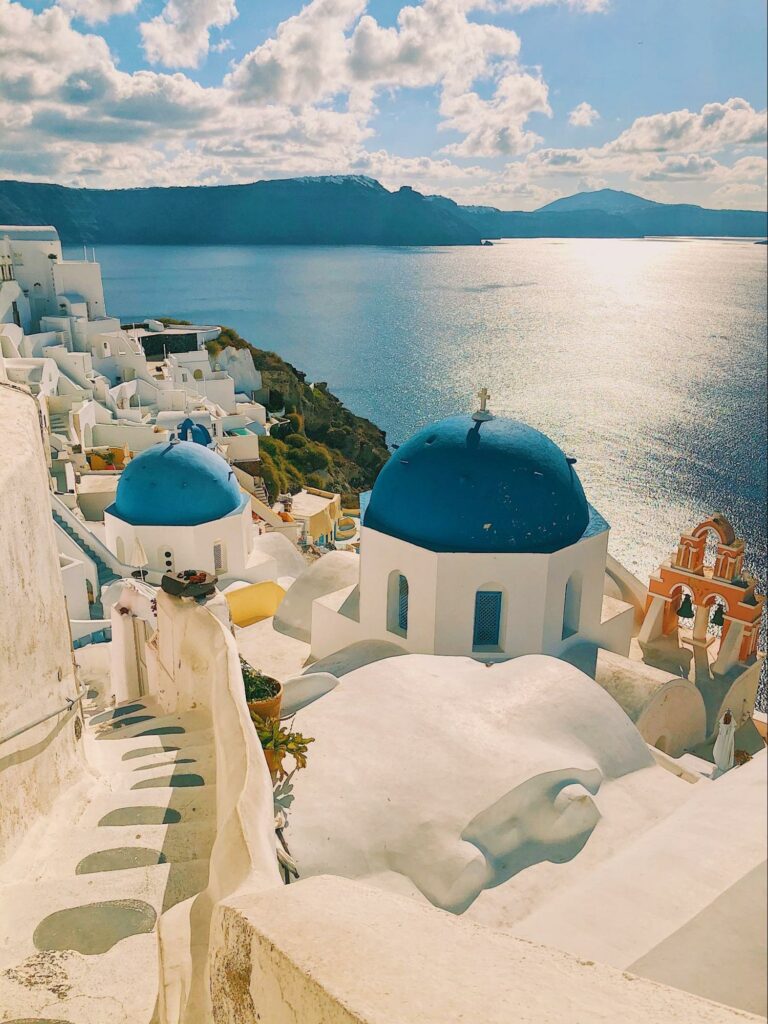
In addition to being the fifteenth-largest country in Europe, Greece is also one of the most mountainous. About 80% of the country is covered in mountains and hills, and the highest peak is that of Mytikas, known in Greek mythology as Mount Olympus, the home of the Greek Gods. The country also has one of the longest coastlines in the world thanks to its many islands and coastal indentations.
- World Rank: 97
- Surface Area: 131,940 km2 (50,940 mi2)
- Land Area: 130,792km2 (99.13%)
- Water Area: 1,148km2 (0.87%)
16. Bulgaria
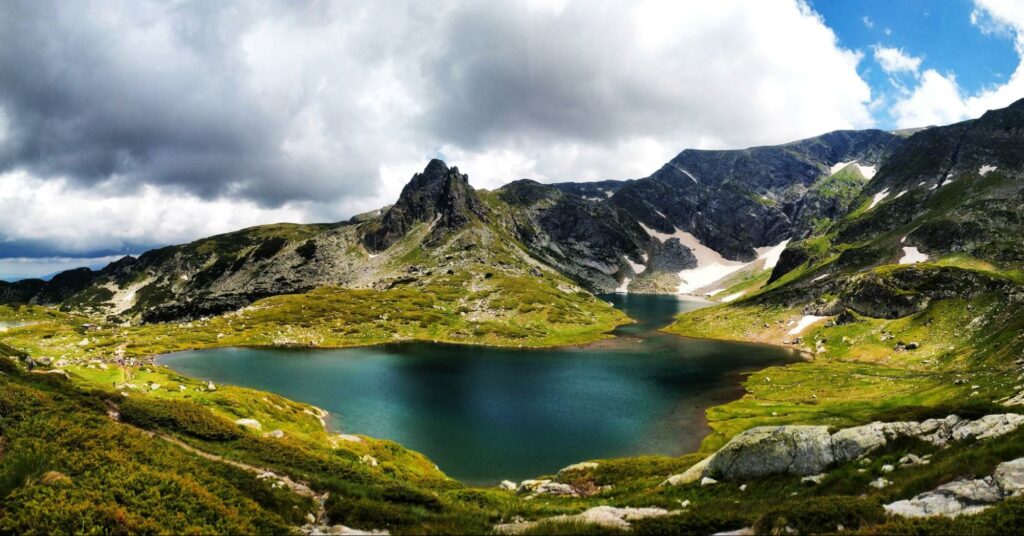
Bulgaria occupies the entire eastern portion of the Balkans, bordering the Black Sea and five other countries. It’s home to some of the oldest continuously inhabited cities in the world and has been ruled by many different peoples. There are three national parks in Bulgaria, and the country has one of the most biodiverse collections of flora and fauna in Europe.
- World Rank: 105
- Surface Area: 110,994 km2 (42,855 mi2)
- Land Area: 108,560 km2 (97.8%)
- Water Area: 2,434 km2 (2.2%)
17. Iceland
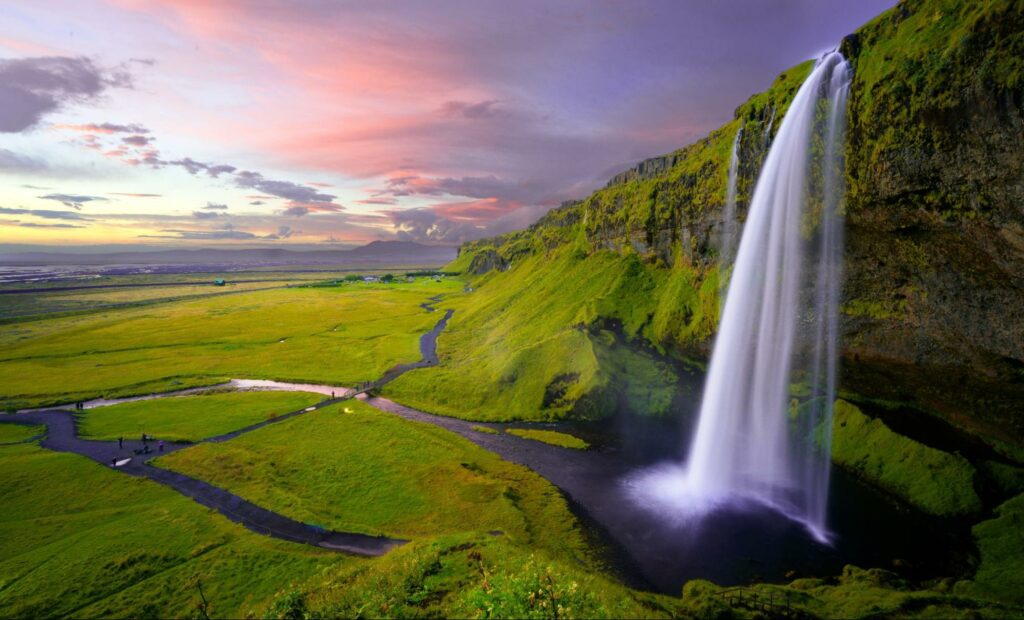
Although Iceland is an island in the Atlantic Ocean and is not connected to mainland Europe, it is considered to be part of the continent in geographical, cultural, political, linguistic, and historical contexts. Iceland is the least densely populated country in Europe, and the second-largest island in the continent after Great Britain.
In addition to the main island, there are about 30 minor islands that also make up iceland. More than 60% of the country is covered in tundra.
- World Rank: 108
- Surface Area: 102,775 km2 (39,682 mi2)
- Land Area: 100,031 km2 (97.33%)
- Water Area: 2,744 km2 (2.67%)
18. Hungary
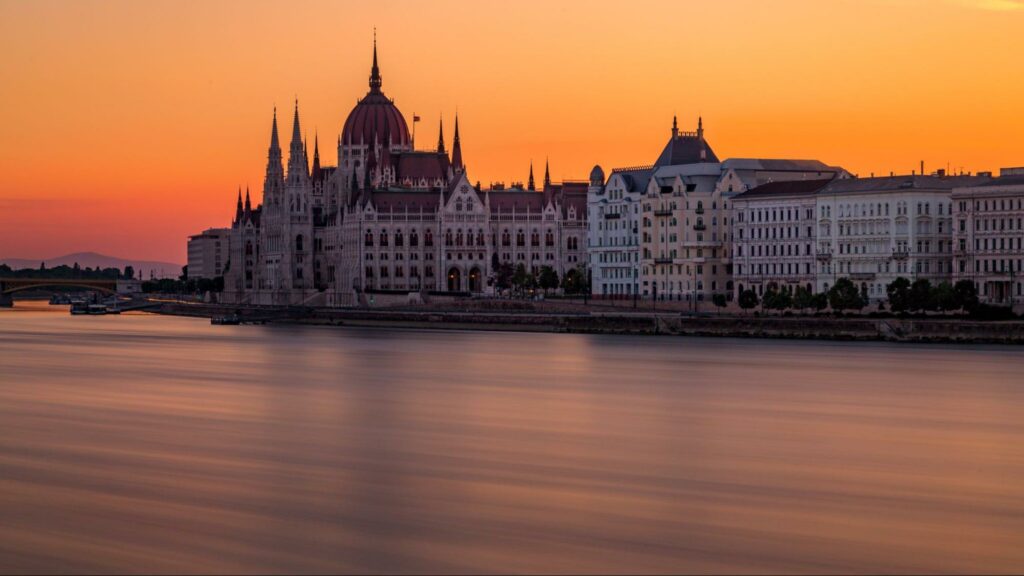
Hungary is a landlocked country that is bordered by seven others. There are two major rivers in Hungary, the Danube and the Tisza, which are often used to refer to different sections of the country’s geography. There are few mountains in Hungary, and the average elevation throughout the country is quite low.
The two most notable architectural styles to be found within Hungary are Historicism and Art Nouveau. The country is home to Europe’s largest synagogue, the Great Synagogue, and the largest medicinal bath in Europe, Széchenyi Medicinal Bath.
- World Rank: 110
- Surface Area: 93,030 km2 (35,920 mi2)
- Land Area: 92,340 km2 (99.3%)
- Water Area: 690 km2 (0.07%)
19. Portugal
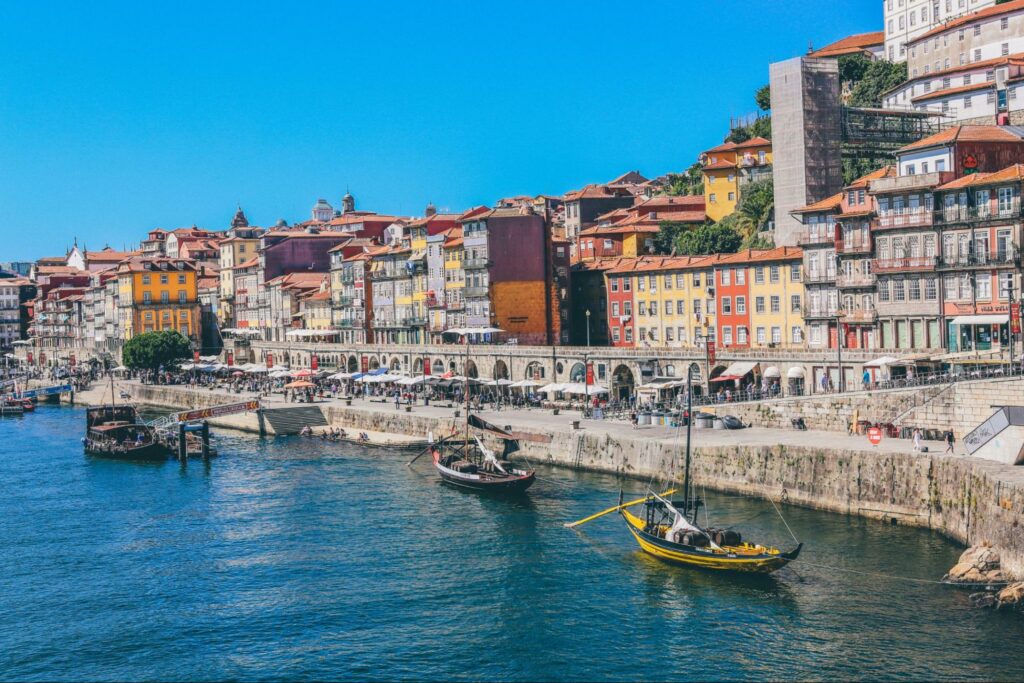
On the farthest western end of mainland Europe lies the 19th-largest country in the continent: Portugal. The only country to have a land border with Portugal is Spain; the country is otherwise bordered by the Atlantic Ocean on its western and southern sides.
Portugal is divided by the Tagus River, which flows east to west through Lisbon, the capital of Portugal. The area of the country north of the river is mountainous when heading to the interior of the country, and the southern portion of Portugal is home to rolling plains.
- World Rank: 111
- Surface Area: 88,416 km2 (34,138 mi2)
- Land Area: 88,018 km2 (99.55%)
- Water Area: 398 km2 (0.45%)
20. Serbia
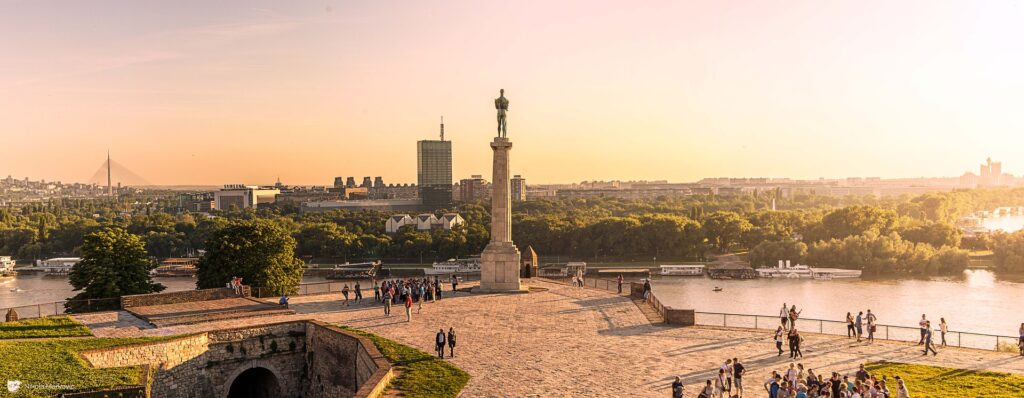
Serbia is a landlocked country in the Balkans, and it is the 20th-largest European country. Belgrade, the capital of Serbia, is by far the most populous city in the country. This is one of the world capitals that the Danube River passes through.
Much of southern Serbia is mountainous, and there are four different mountain ranges that can be found in the country: the Carpathian Mountains, Balkan Mountains, Dinaric Alps, and the Rilo-Rhodope Mountain system.
- World Rank: 113
- Surface Area: 88,361 km2 (34,116 mi2)
- Land Area: 87,460 km2 (99.0%)
- Water Area: 901 km2 (1.0%)